LagosMapApril 30 — May 2, 2012 The airport here is a nightmare. The building is old and dusty, luggage is unloaded as if it were sacks of flour, the passport control rituals are incomprehensible, the taxi drivers are sketchy. * * * Lagos is very poorly lit at night. 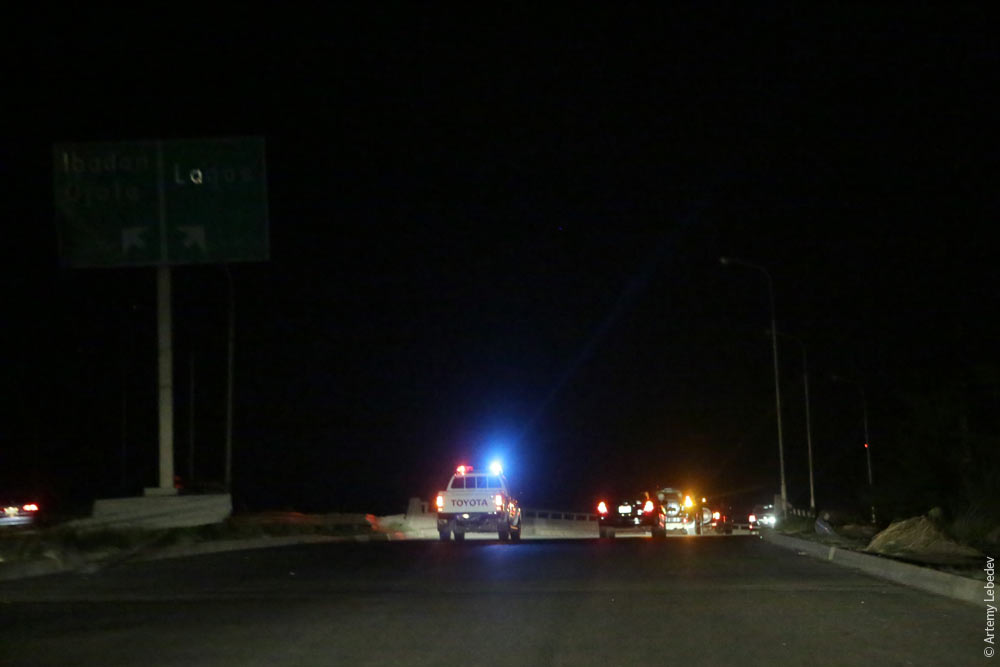 The hotel’s front desk has a sign that says “Anti-money laundering measures are observed in this hotel.” It’s unclear at whom the message is directed, or what exactly the measures are. Only one thing is clear: corruption is alive and well in this country, just like back home. 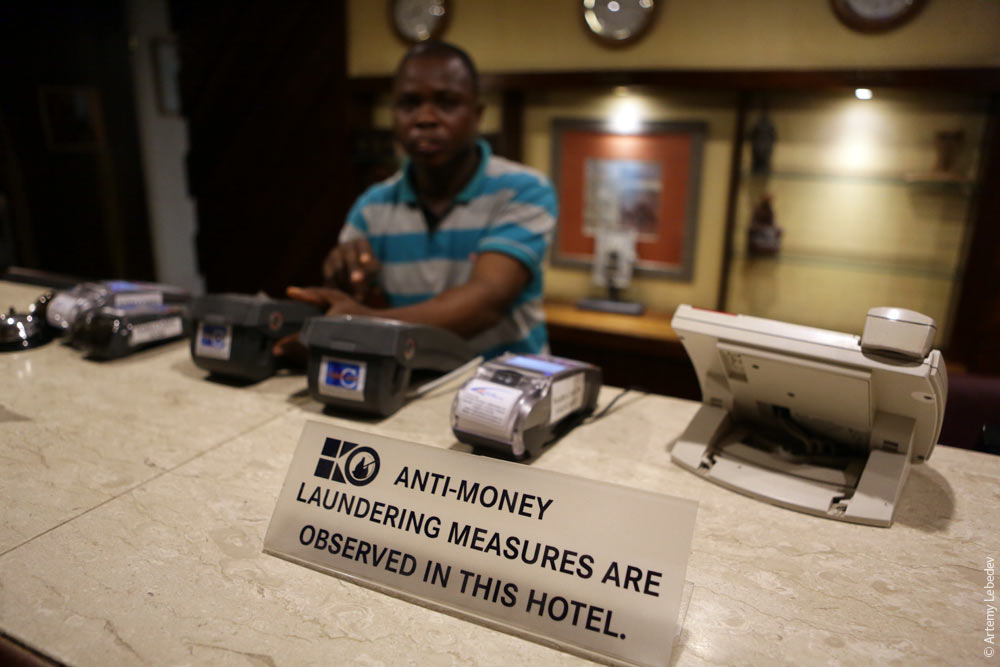 That’s why every self-respecting wedding has a right to several pickup trucks full of armed policemen. 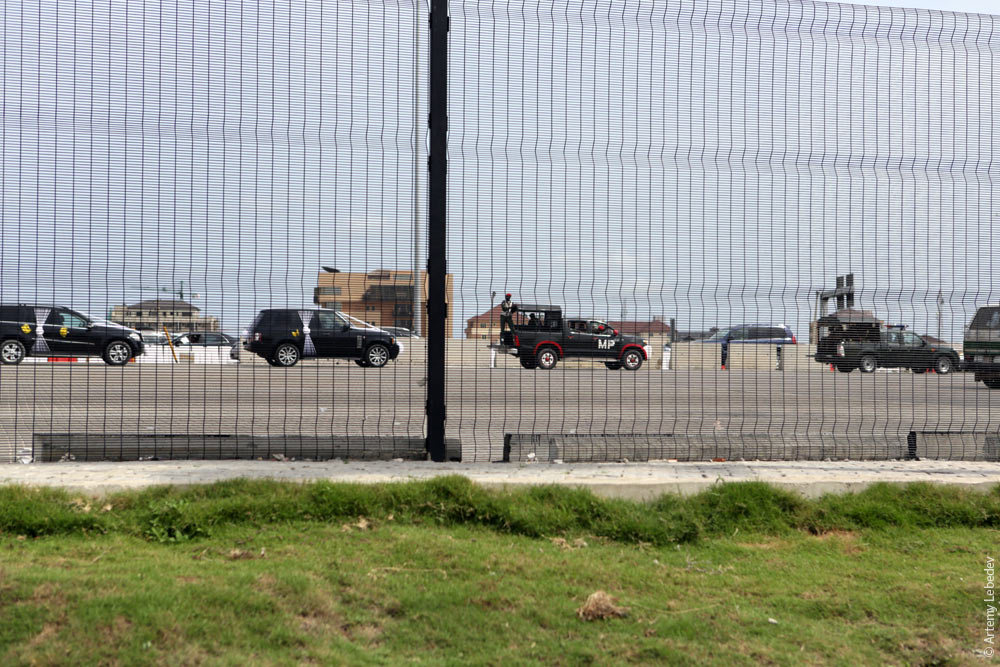 Just six years ago, the situation here was so bad that anyone who tried to go anywhere on foot was likely to get robbed instantly. Johannesburg pales in comparison to what went on here. Every single person was armed, everyone robbed everyone else. Now things have changed, you can walk down the street without any dire consequences. 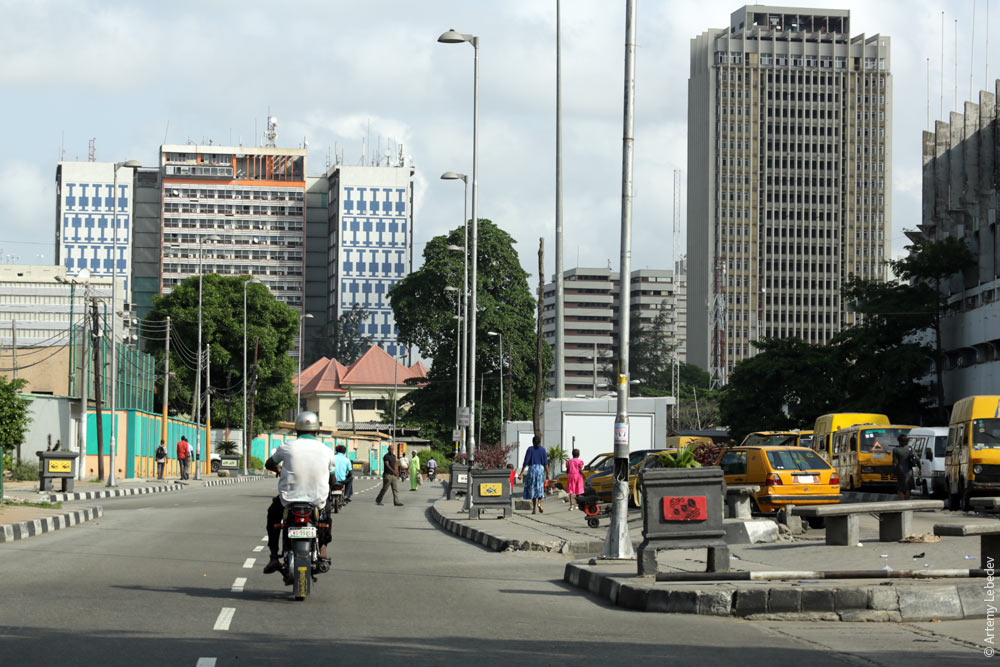 There’s even an InterContinental Hotel opening soon. A promising sign. The main problem today is traffic. Because everyone can do whatever they want and everyone has lots of money, they now spend the entire day sitting in their personal cars in traffic jams. My photos don’t even show the extent of it—May 1 is a holiday in Nigeria, everybody stays home. 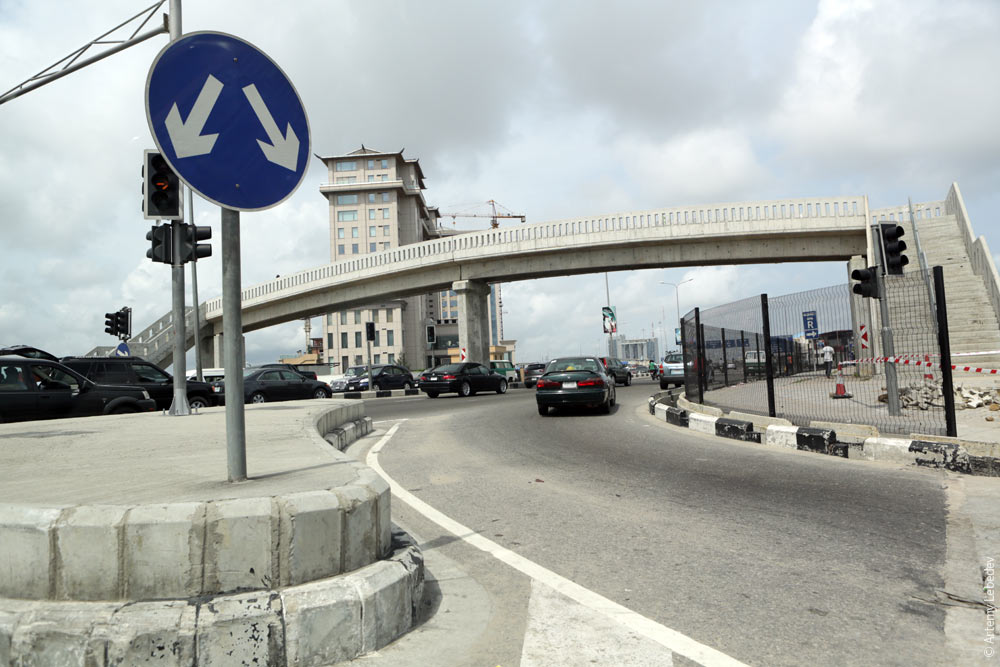 There’s lots of active construction in the city. 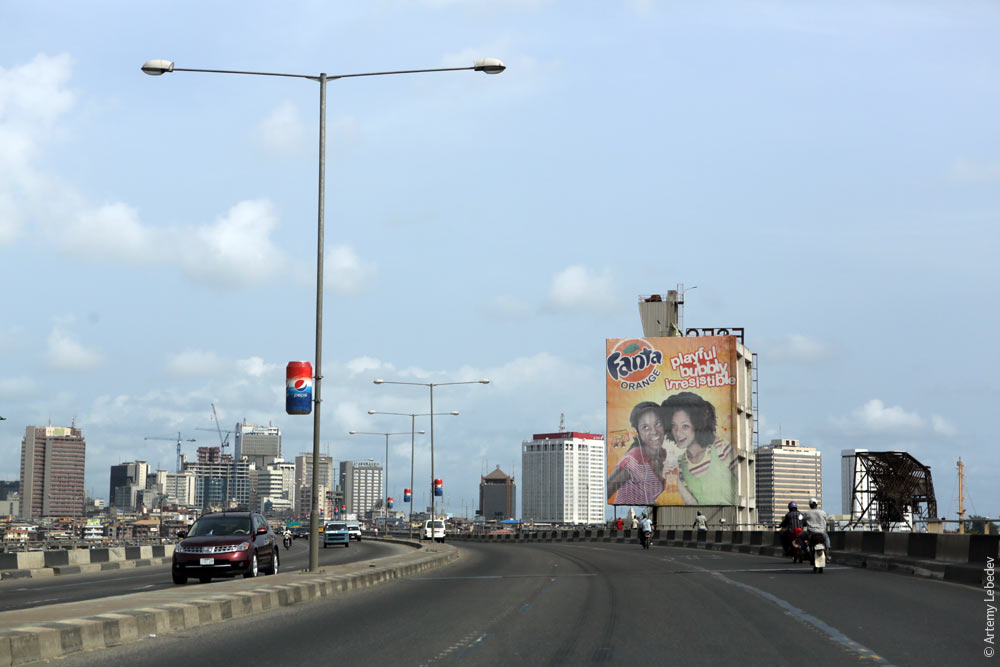 Central mosque. Pay your tax. 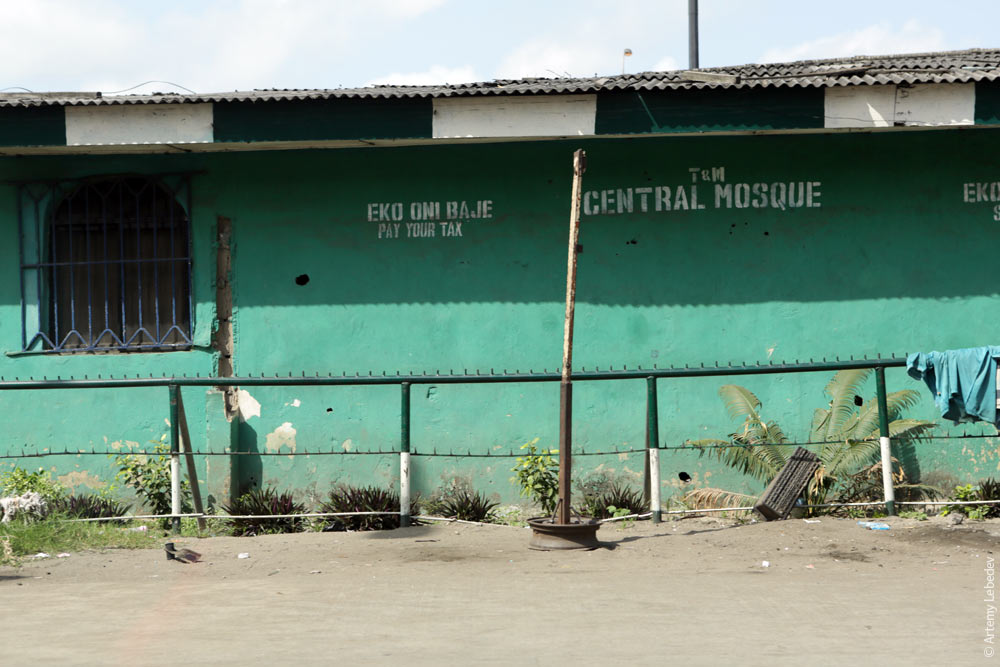 The entrance to the stadium.  A toilet for VIPs. 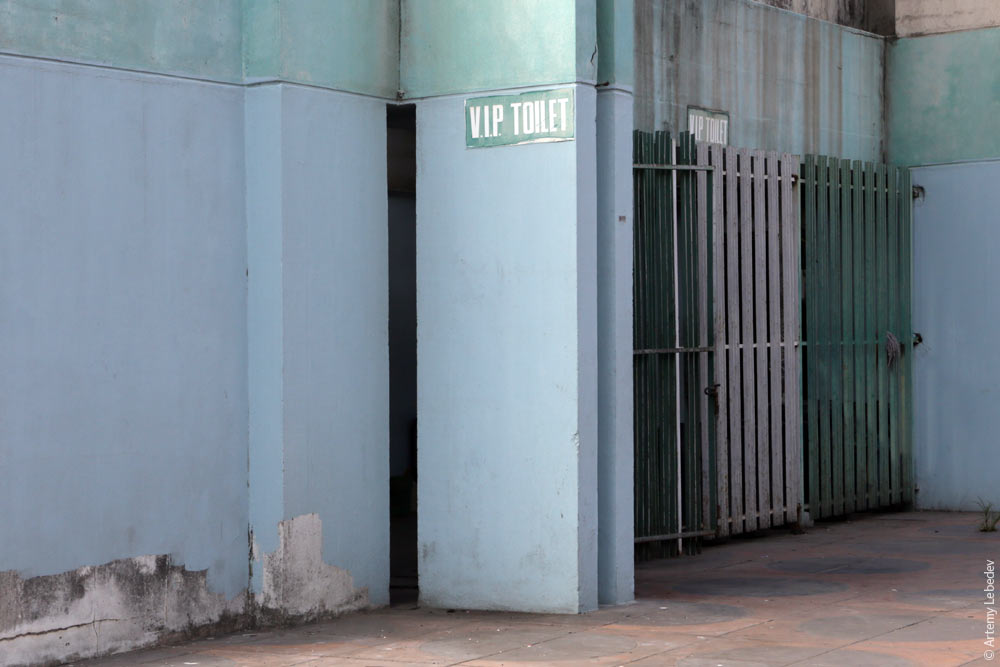 The buses are blue. 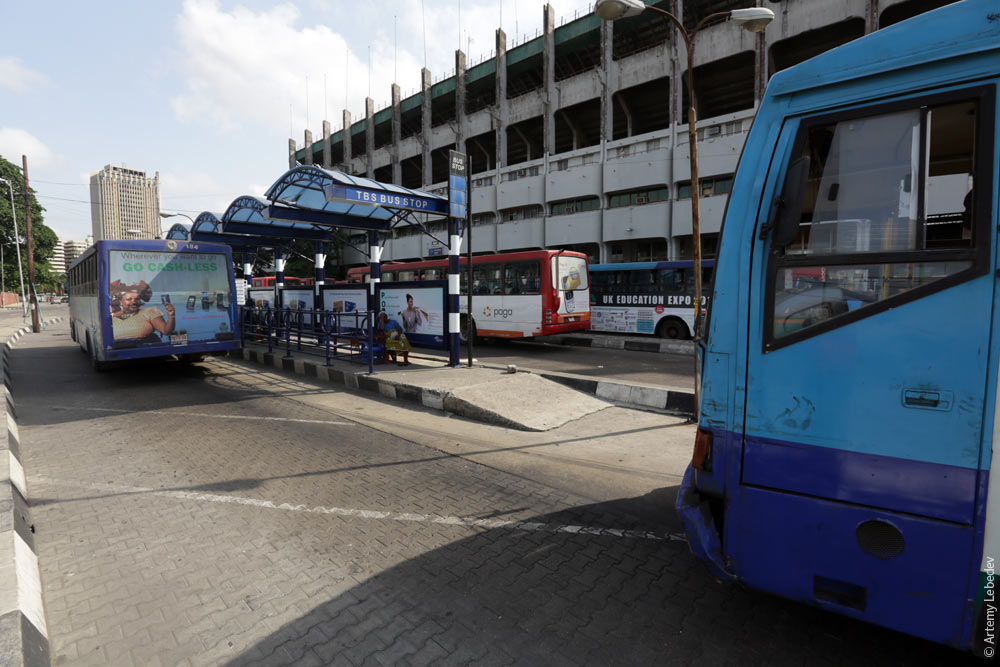 The shuttles are yellow. 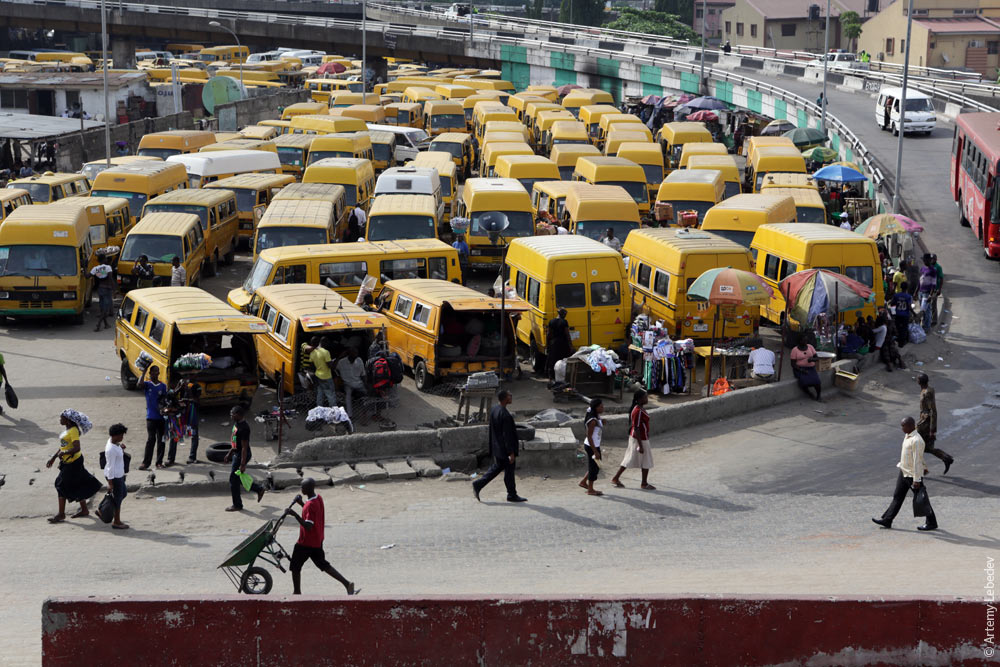 The sunflower oil canisters used to transport water are black. 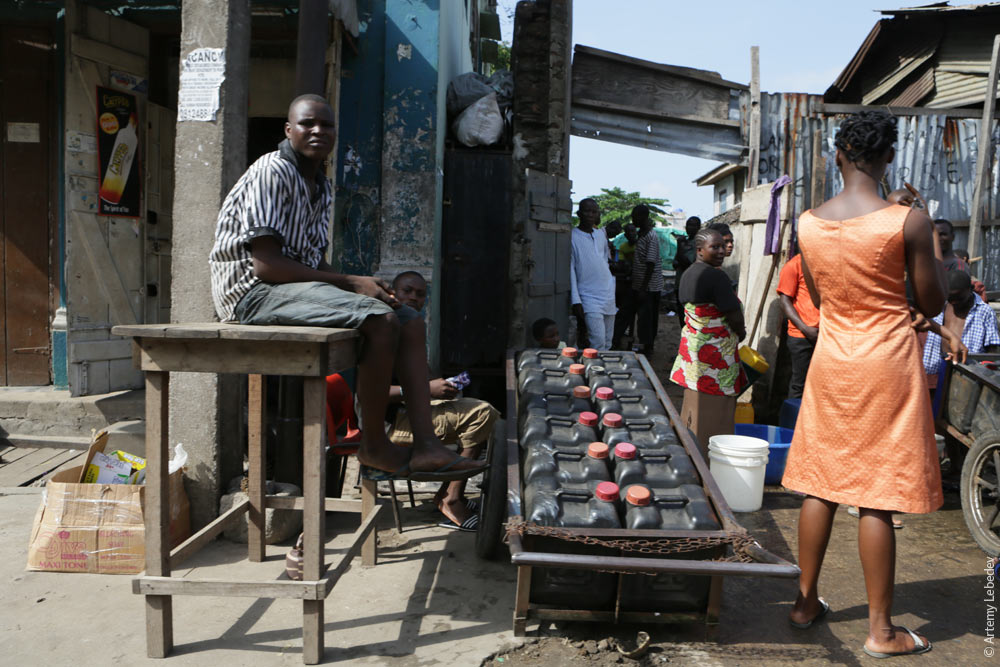 The market.  Mannequins and hangers with clothing continue up several stories. 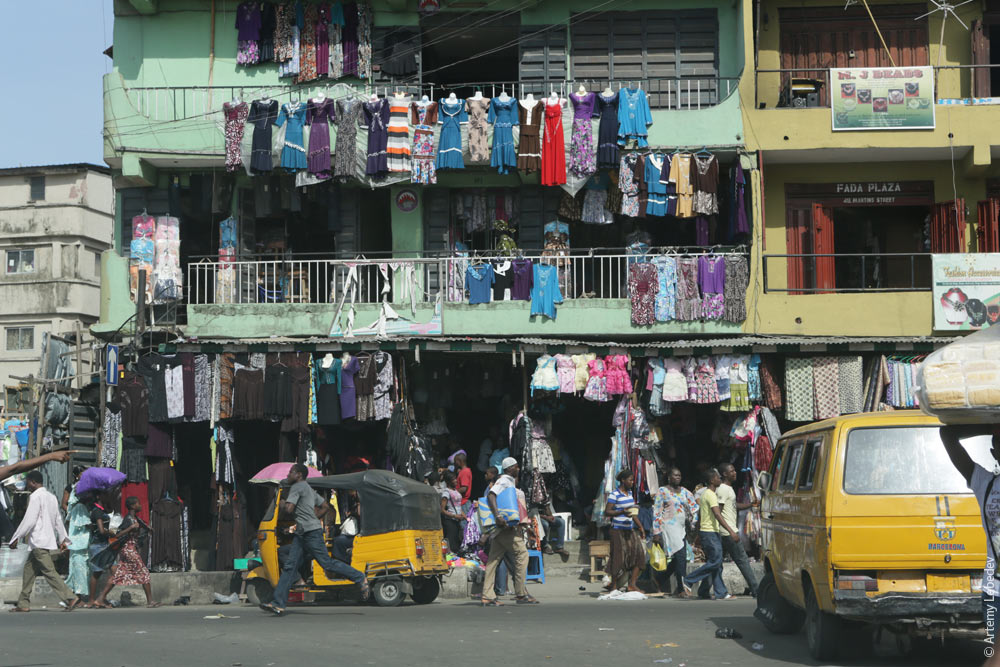 A municipal flower planter. 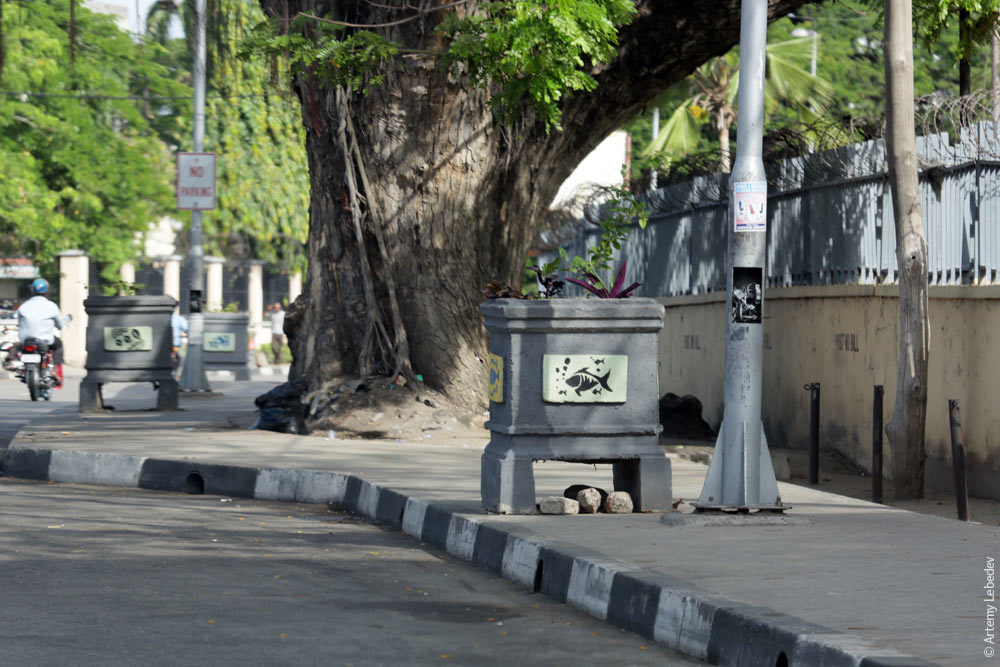 A traffic light. 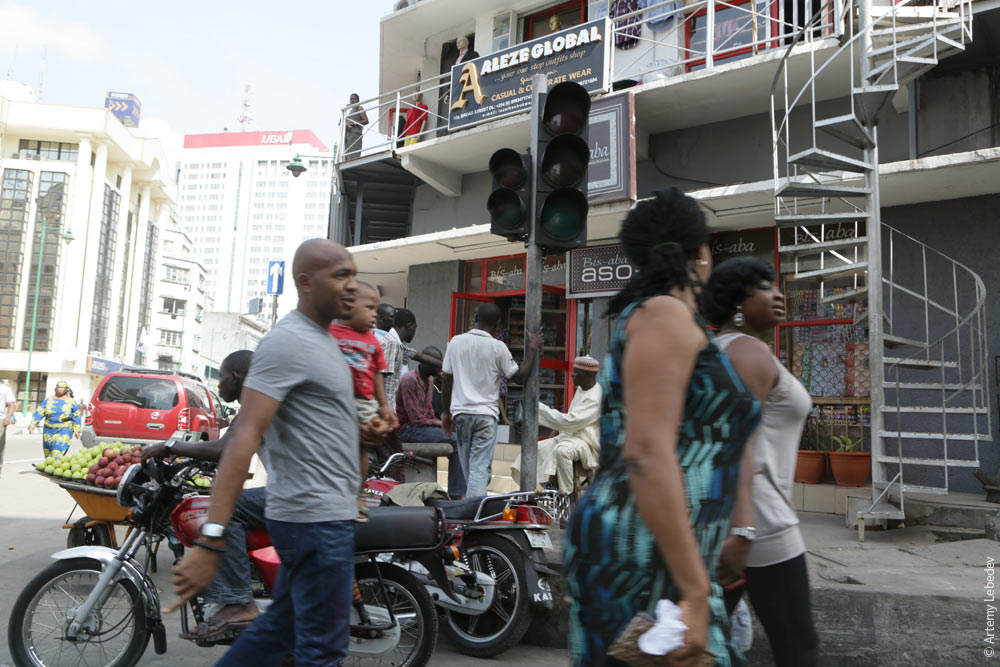 A street sign. 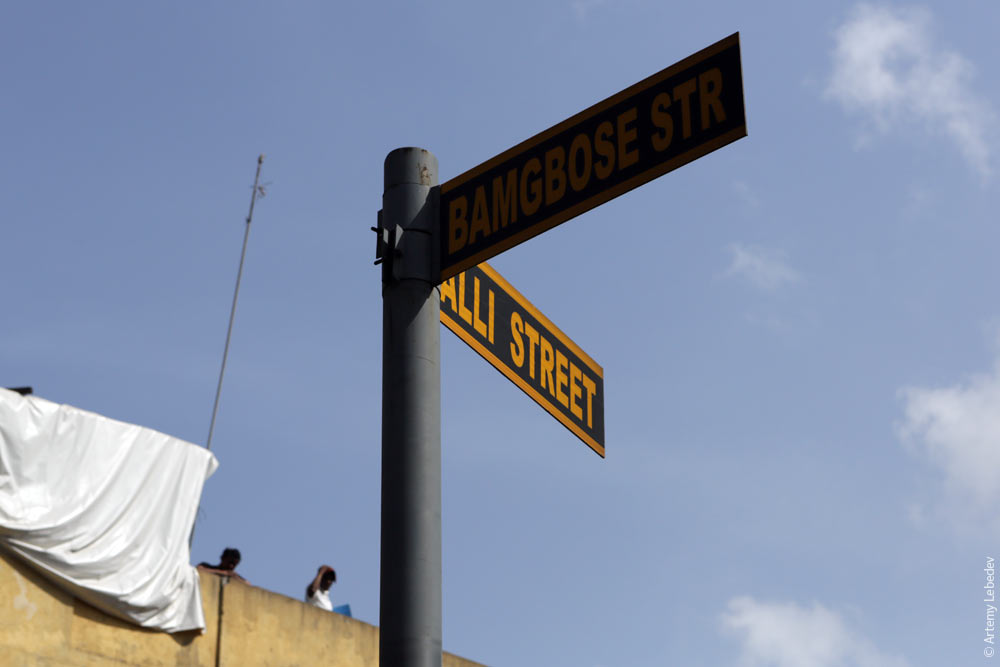 Payphones. 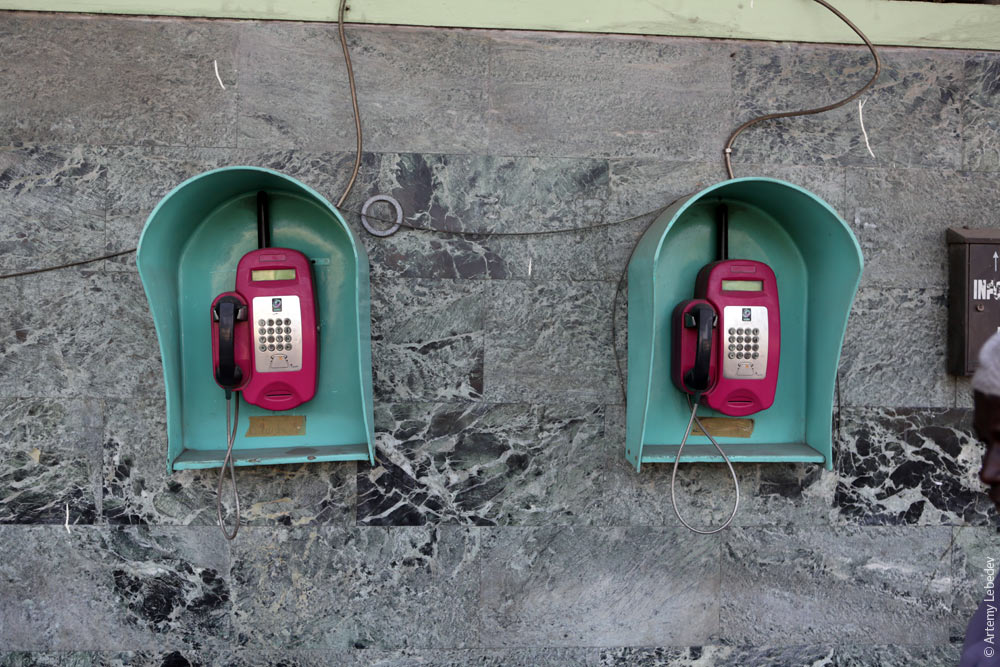 A post office. 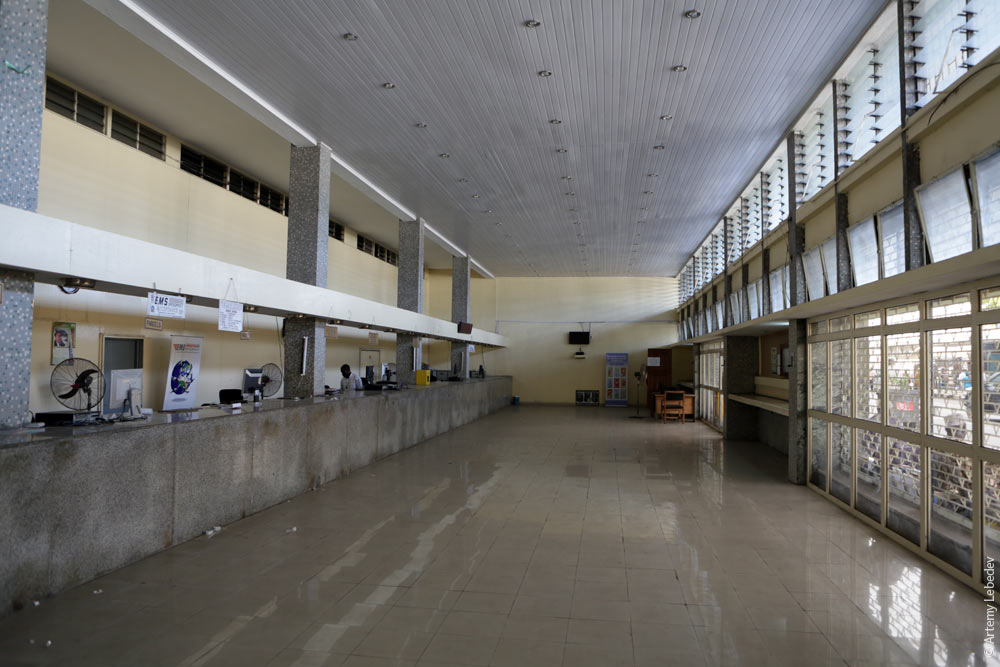 Trash dumpsters. 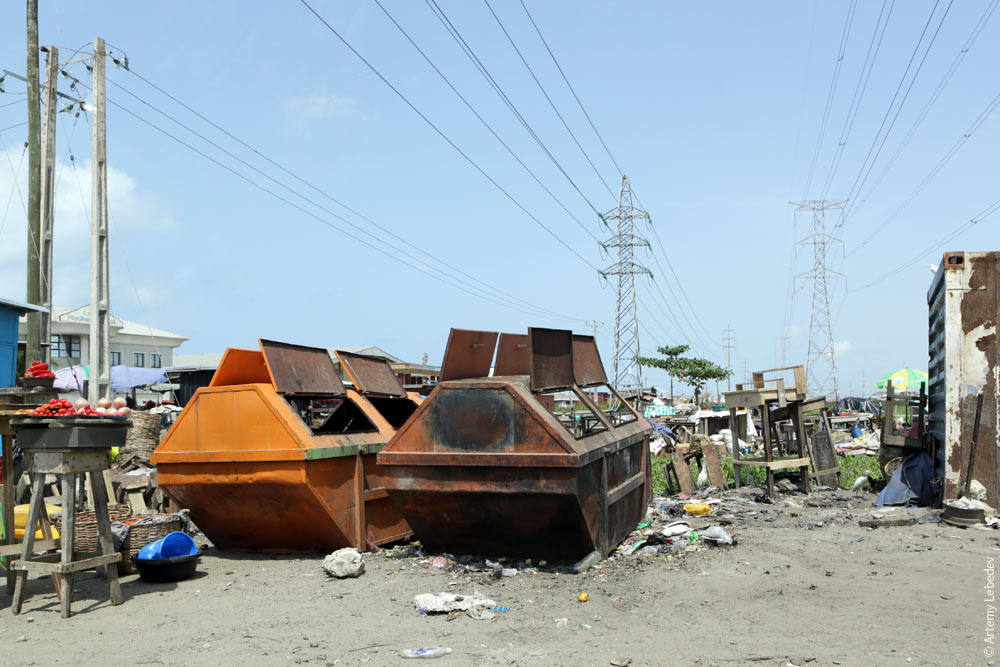 Keep Lagos clean. 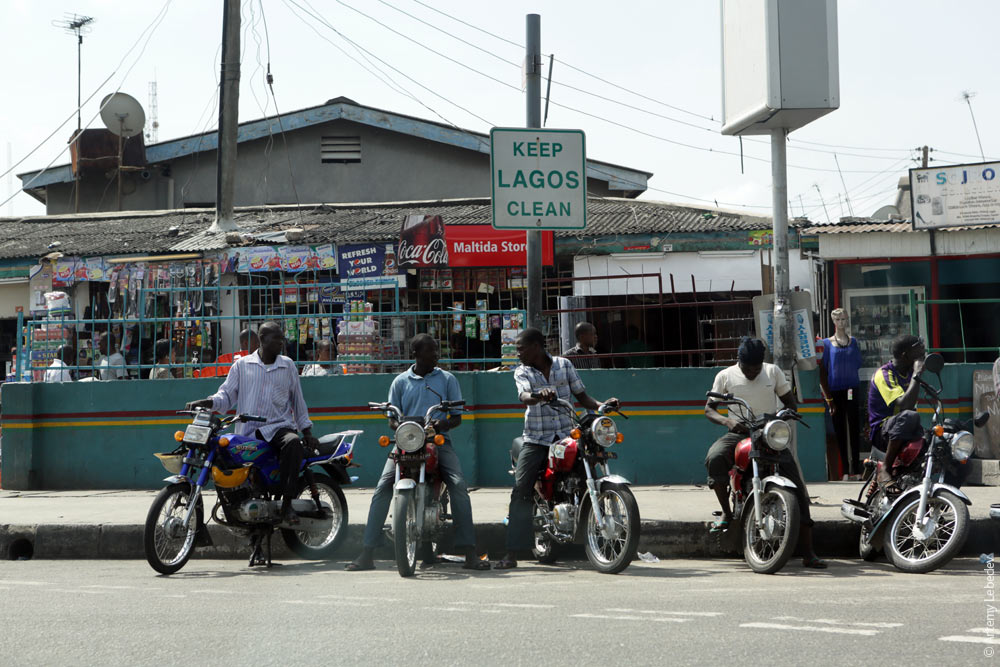 Use your seat belt. 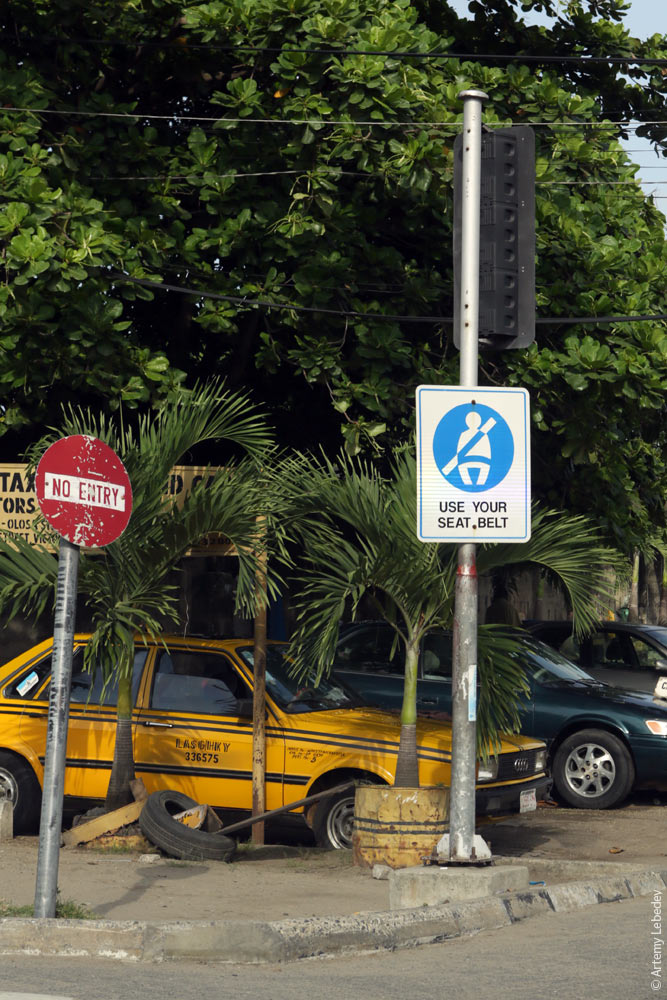 No stopping.  No vending. 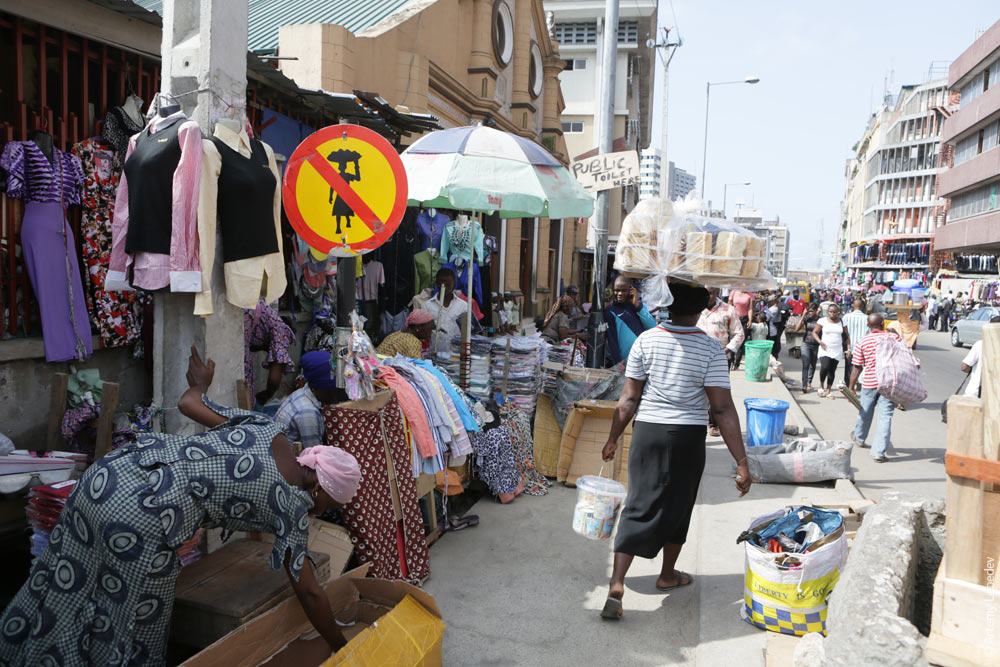 Give way. 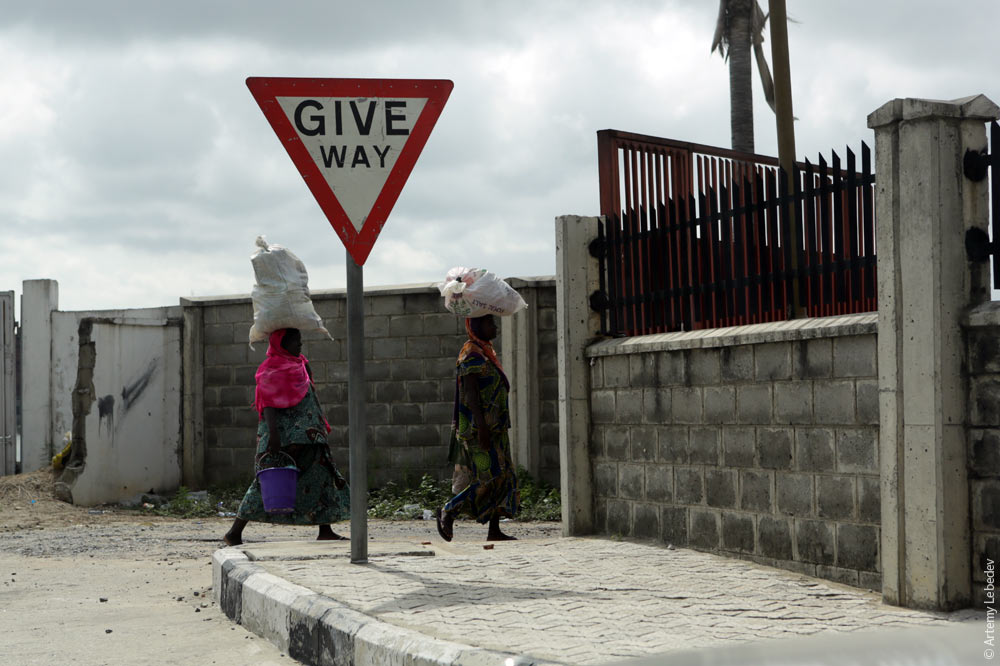 Give way to pedestrians (the sign is almost as wonderful as the one in Zimbabwe). 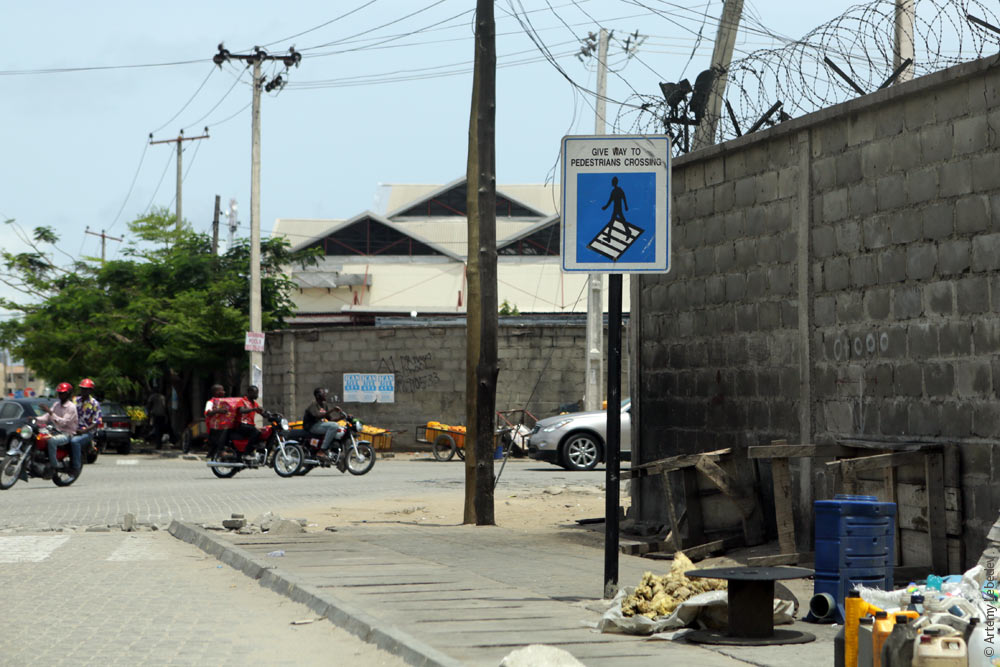 Comparisons are often drawn between Nigeria and Russia. Nigeria comes out ahead by at least one parameter: it has pedestrian crossings that are lit from above and physical medians on the roads (practically like in San Marino). 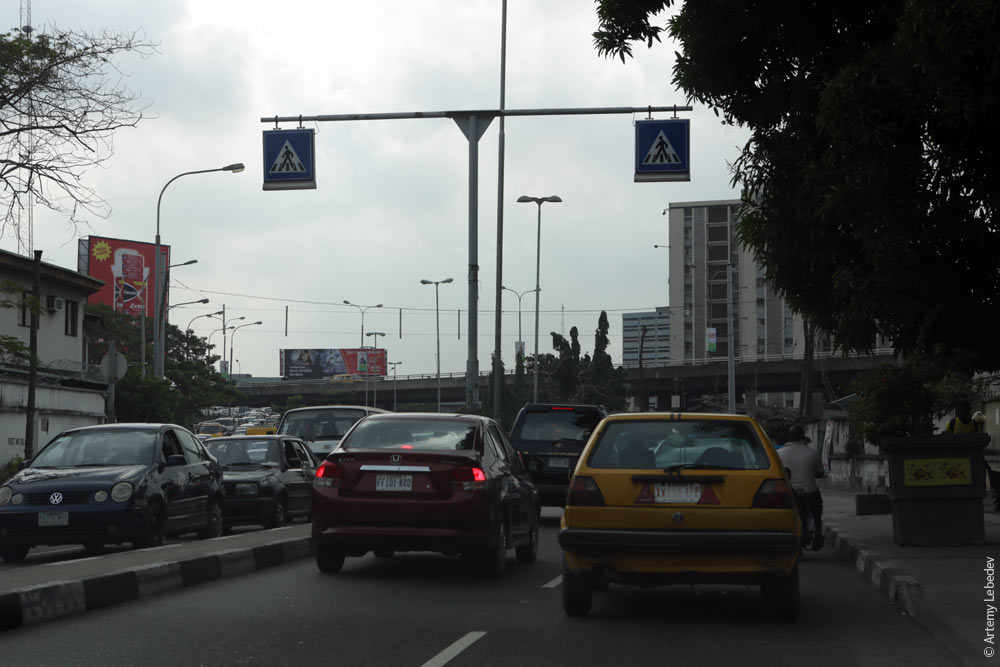 And the bus stops here have barriers to protect people from rogue vehicles. 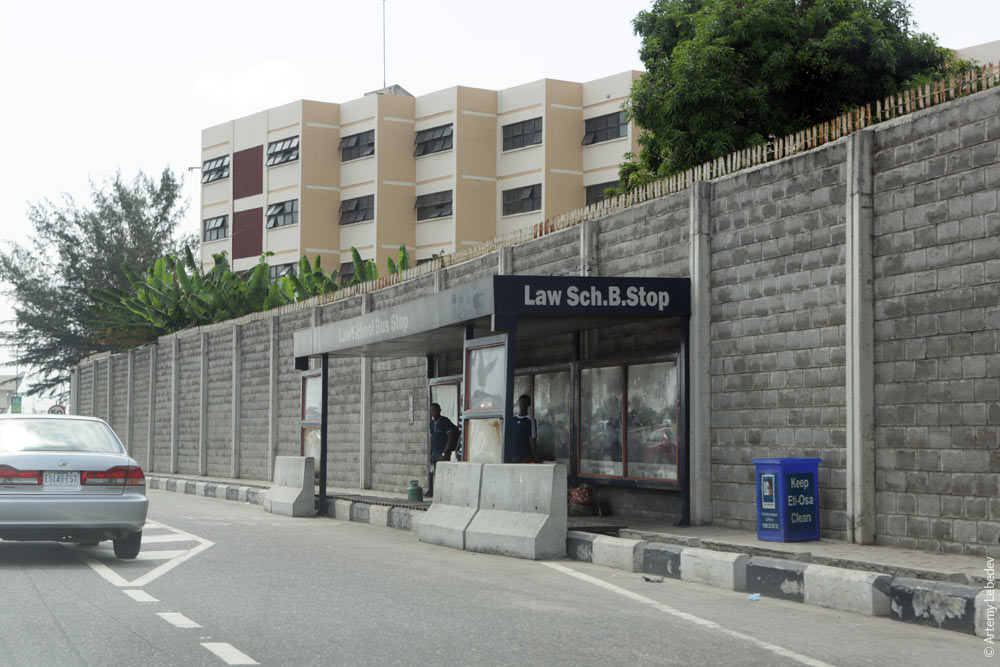 All the fences are painted with advertisements for various services. Well boring, for instance.  The preferred design technique here is stenciling. Stenciling is used in small-scale projects. 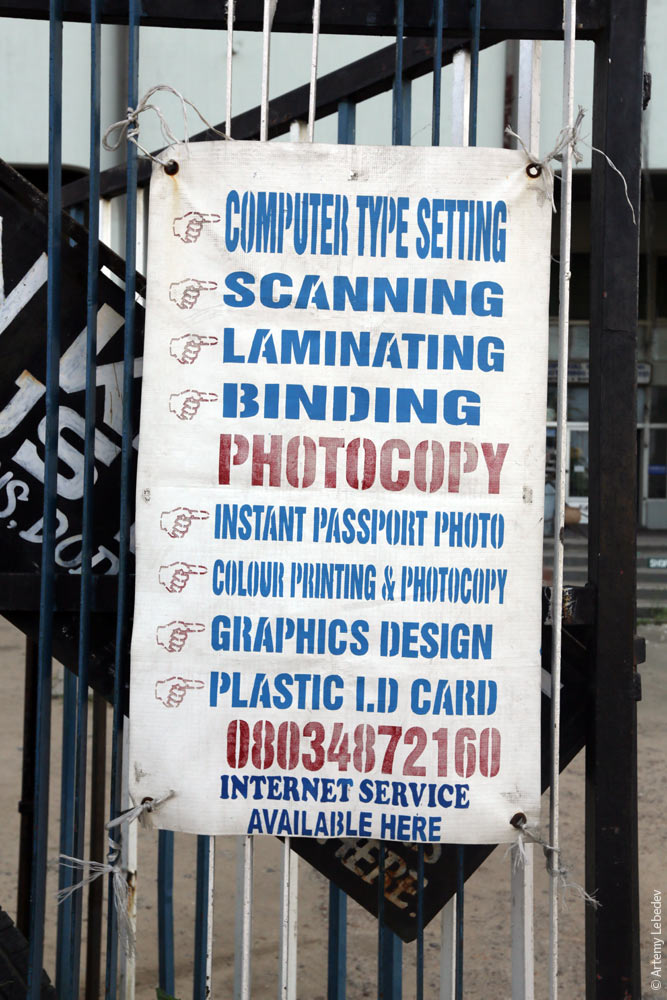 As well as large-scale advertising billboards. 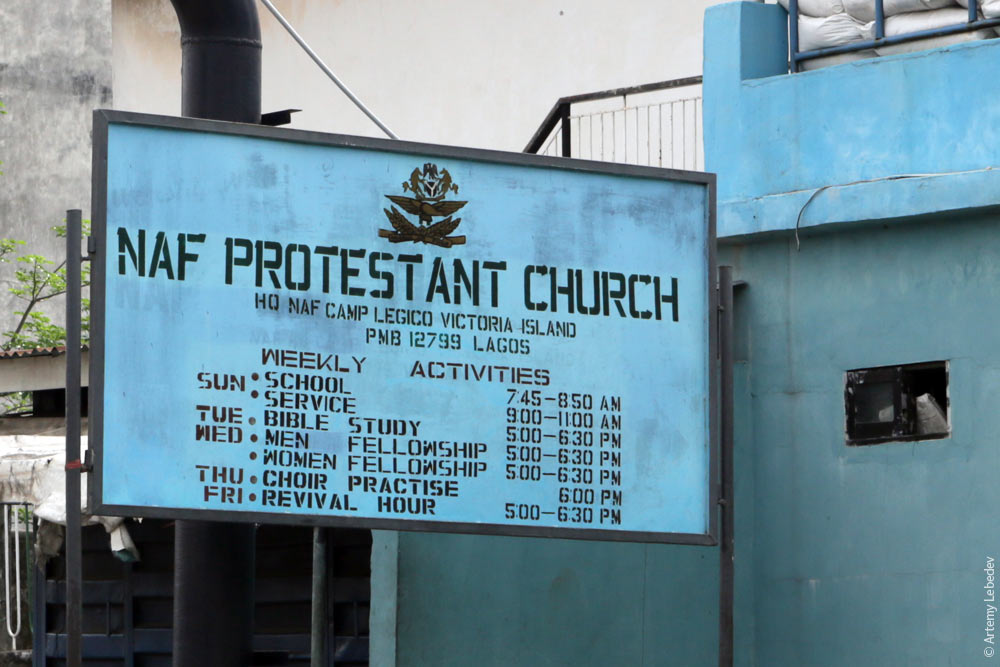 And smaller signs. 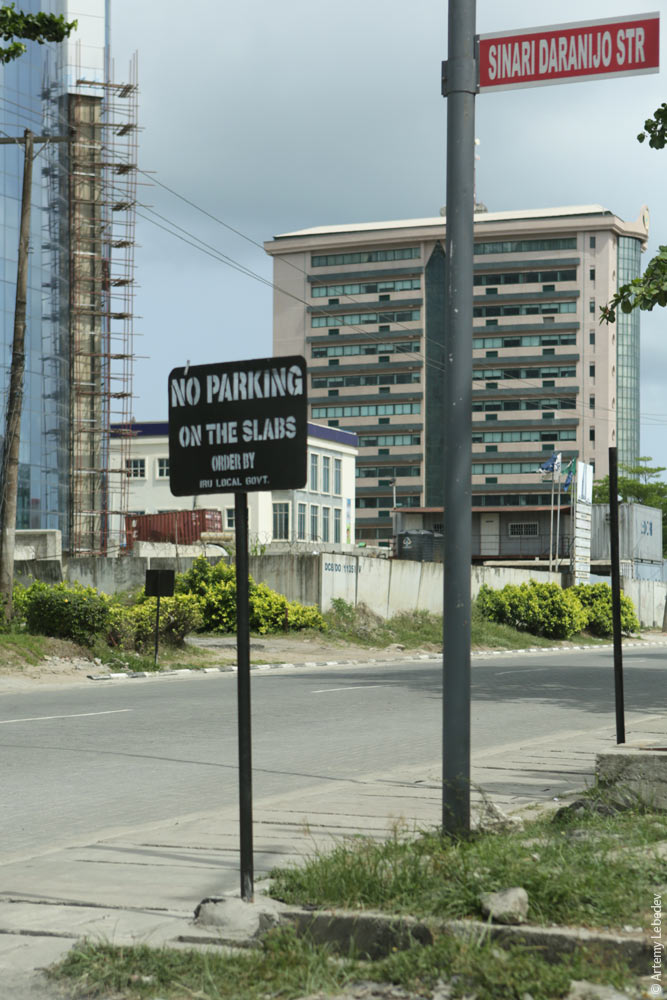 The license plates are a vague imitation of US ones. 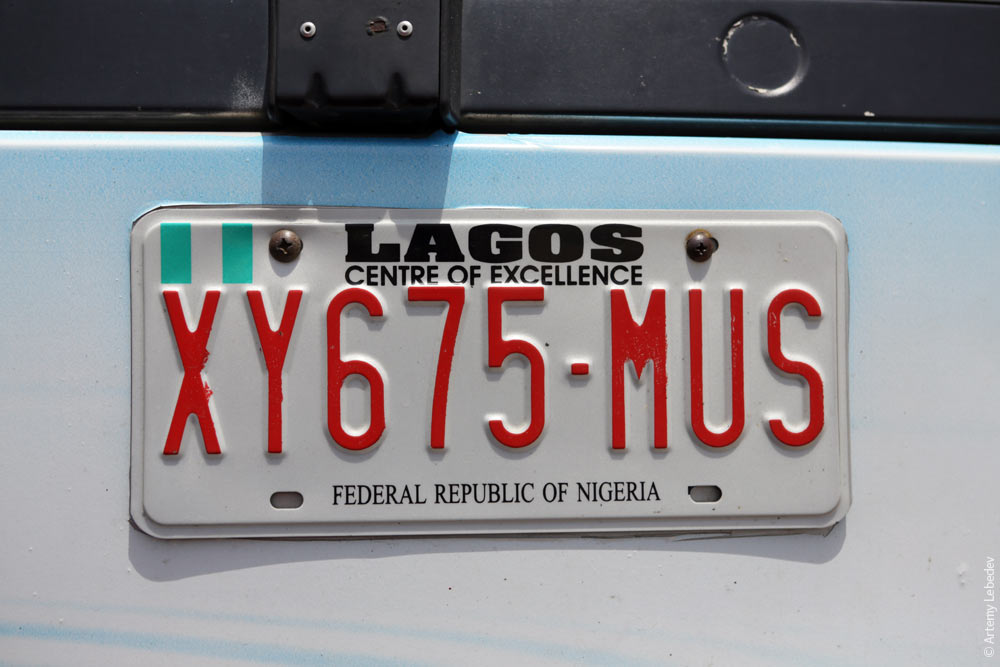 A table of vehicle types at the approach to a toll road. 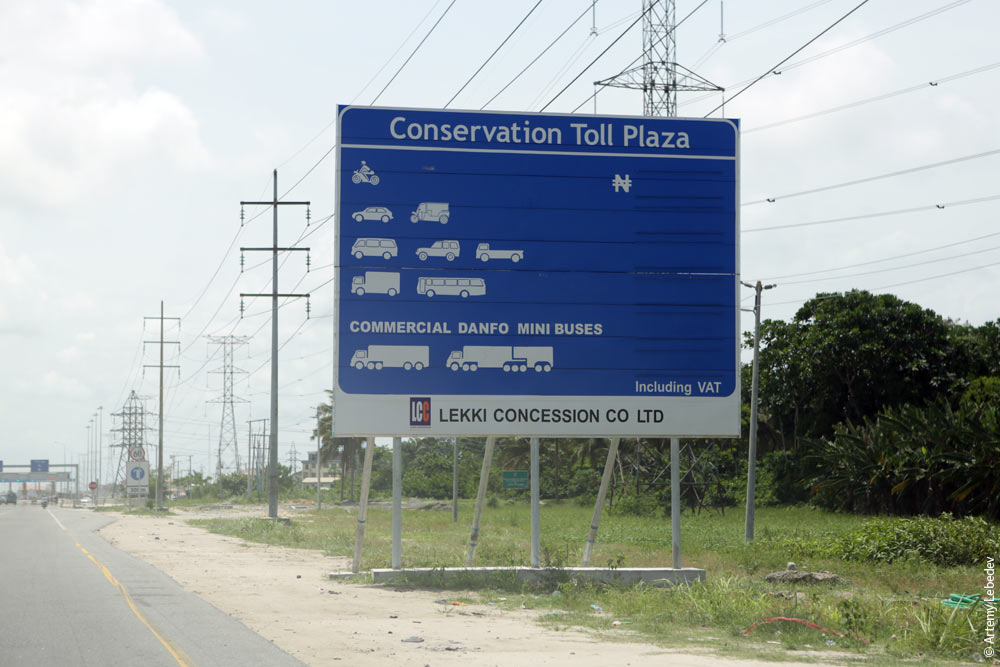 The sculptures are always painted. 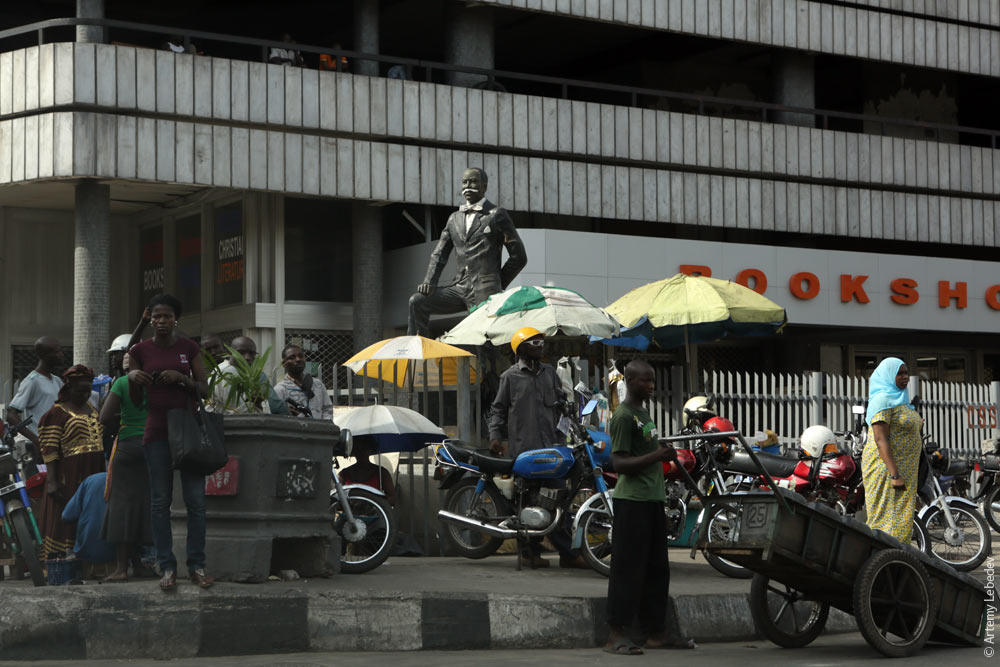 Many masks appear to have the Russian letter Ж on them.  In some countries, you can encounter short obituaries and photos of the recently deceased in the street (see Iraq, Montenegro or Bulgaria, for instance). This is the first time I see a poster of this sort on a car. 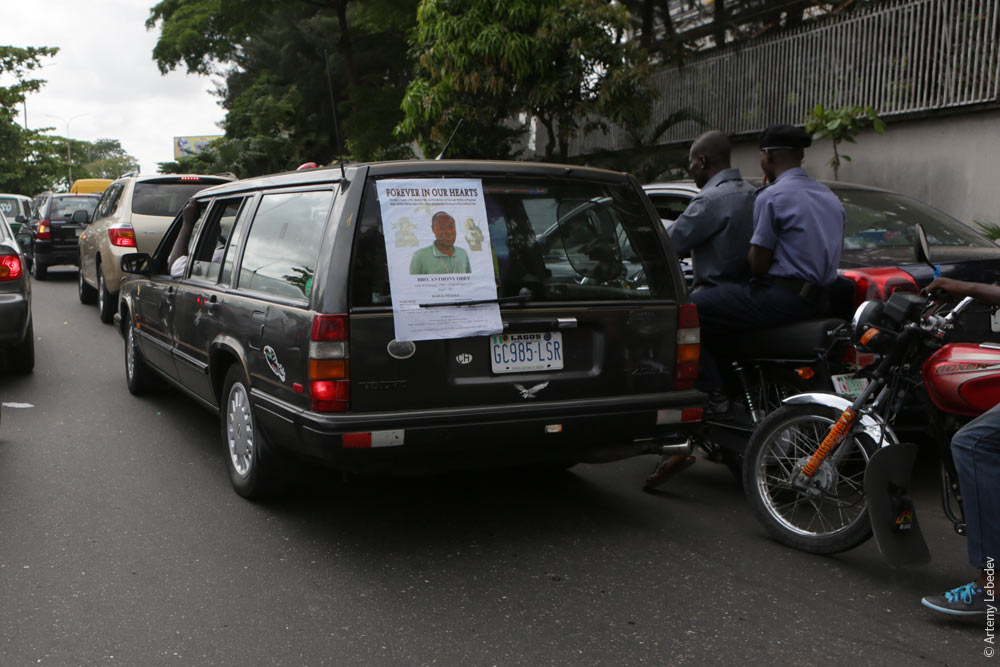 Ads for mobile operators often contain convoluted codes which you’re expected to punch in to access a particular service. 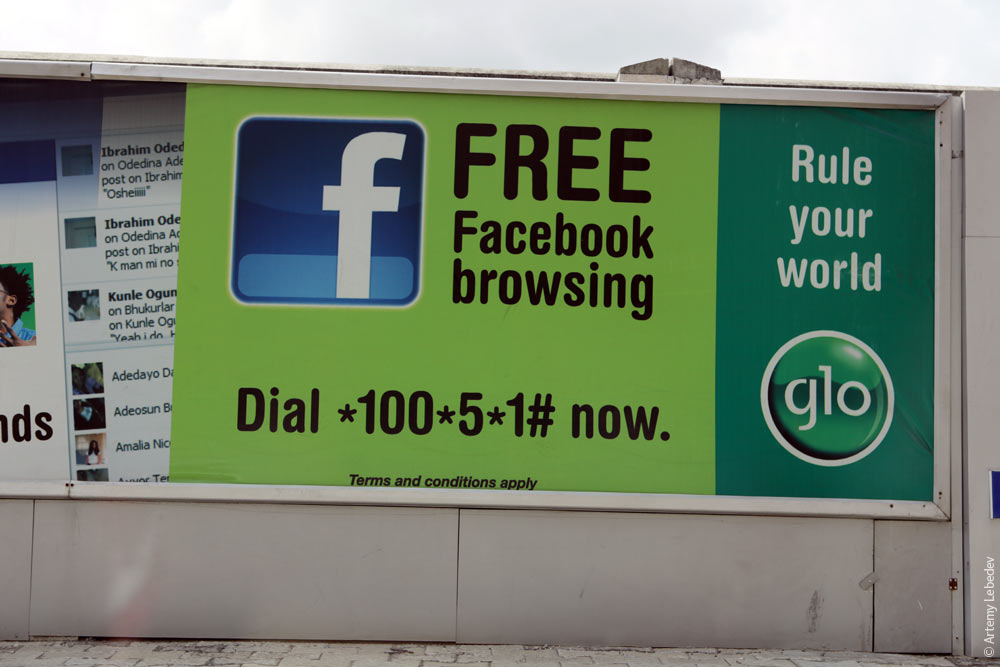 People eat from their plates without taking off the black plastic bags in which the food was sold. The bags are strewn about everywhere, of course. 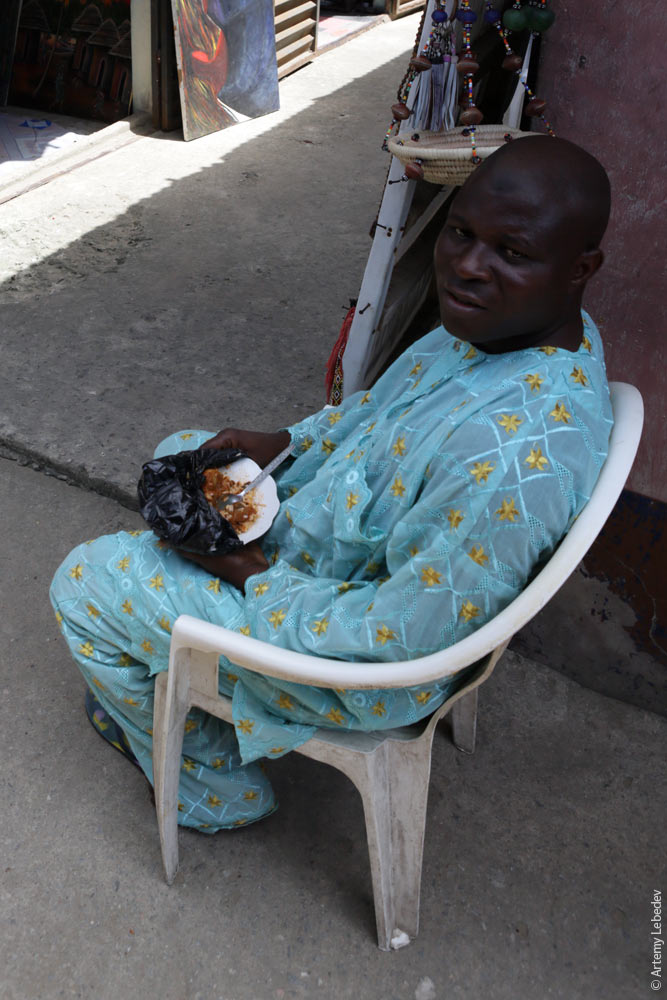 It’s not uncommon to see five street posts sprouting from one little patch of pavement. Like in Guatemala or Nicaragua. 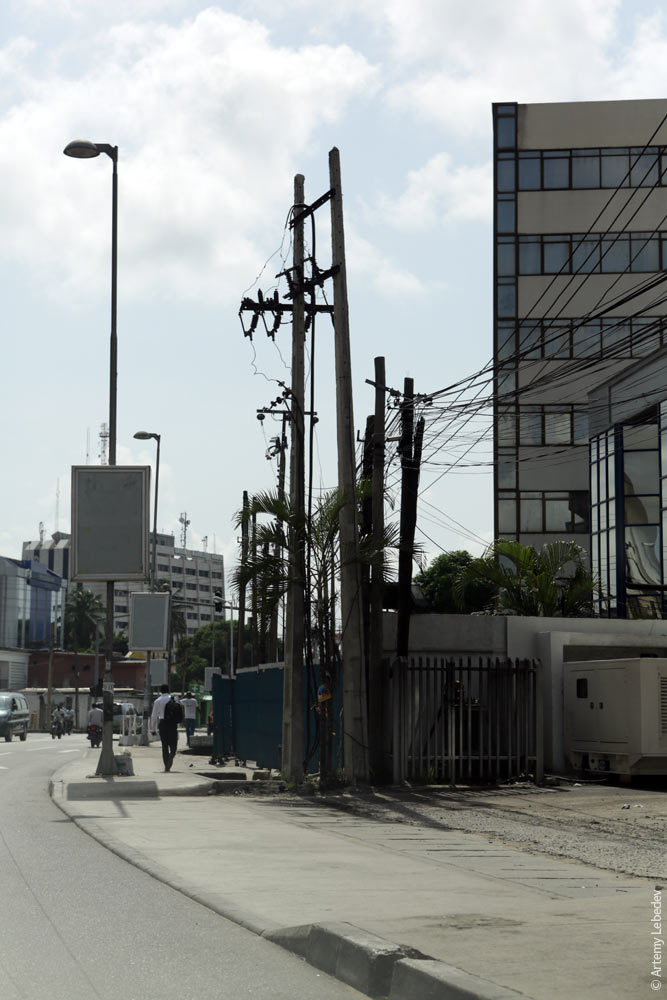 All the trucks are horrible-looking beaters of unclear make and year. A lot of Macks. 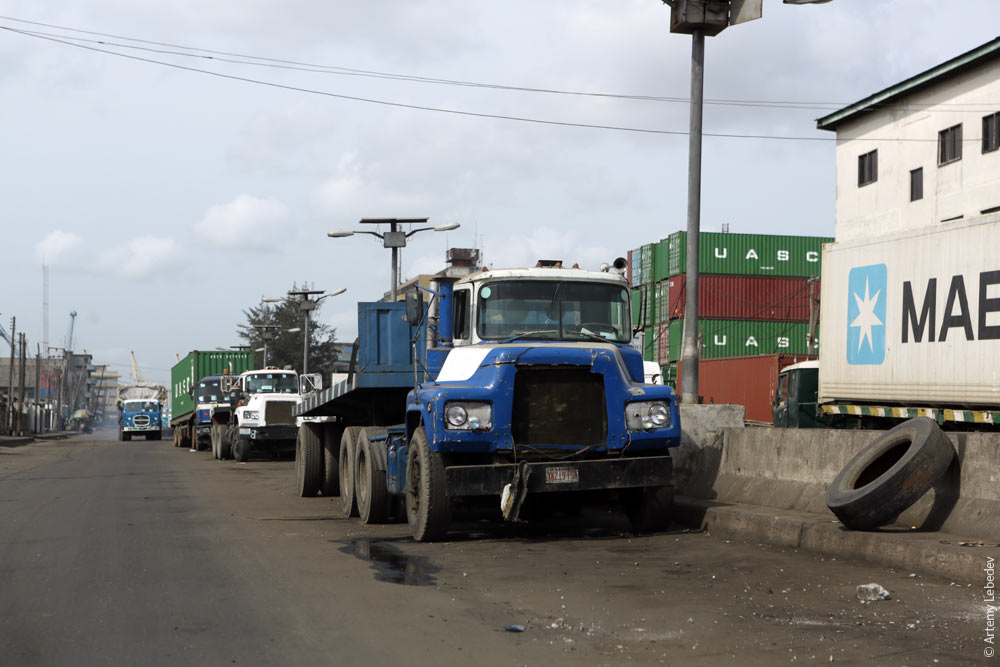 And Fiats. 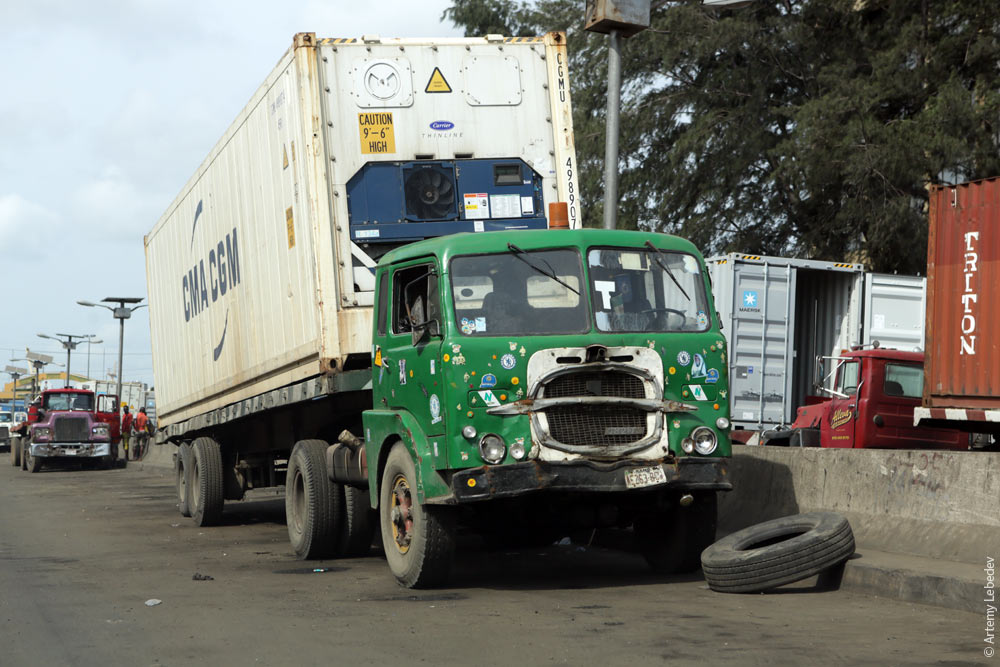 Believers spend many hours dancing and singing prayers in a religious fervor on the seashore. The sea acts as an amplifier for the prayer, naturally. 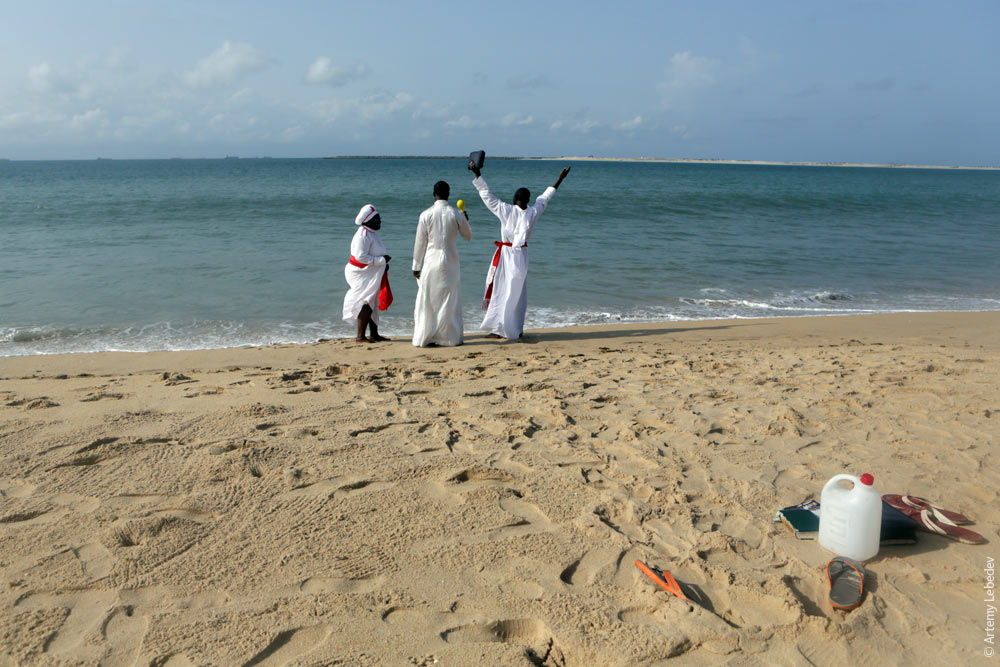 Let’s take a walk through the city’s charming streets. 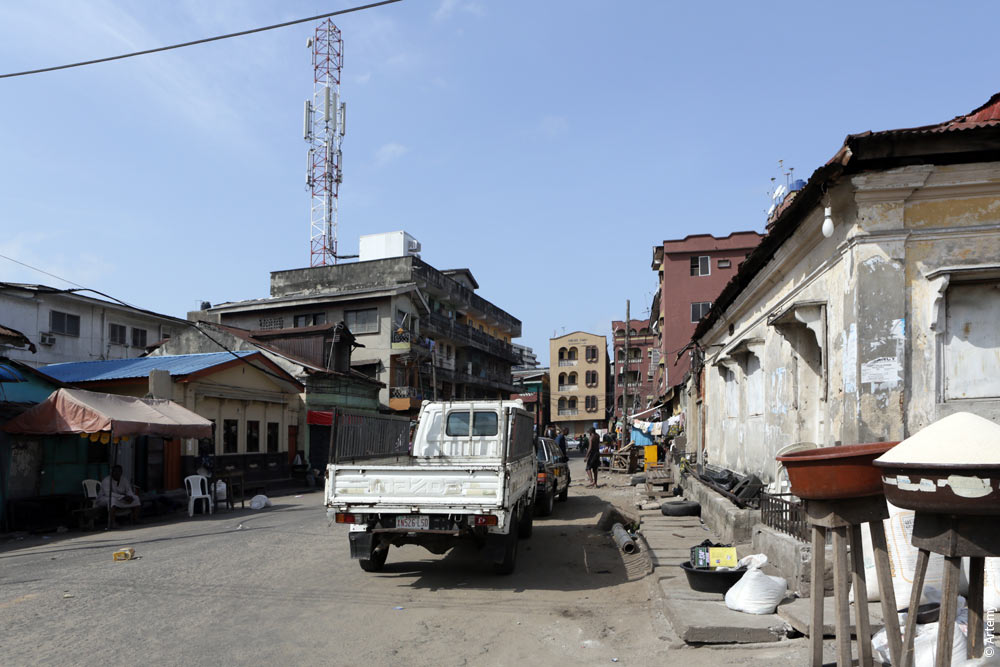 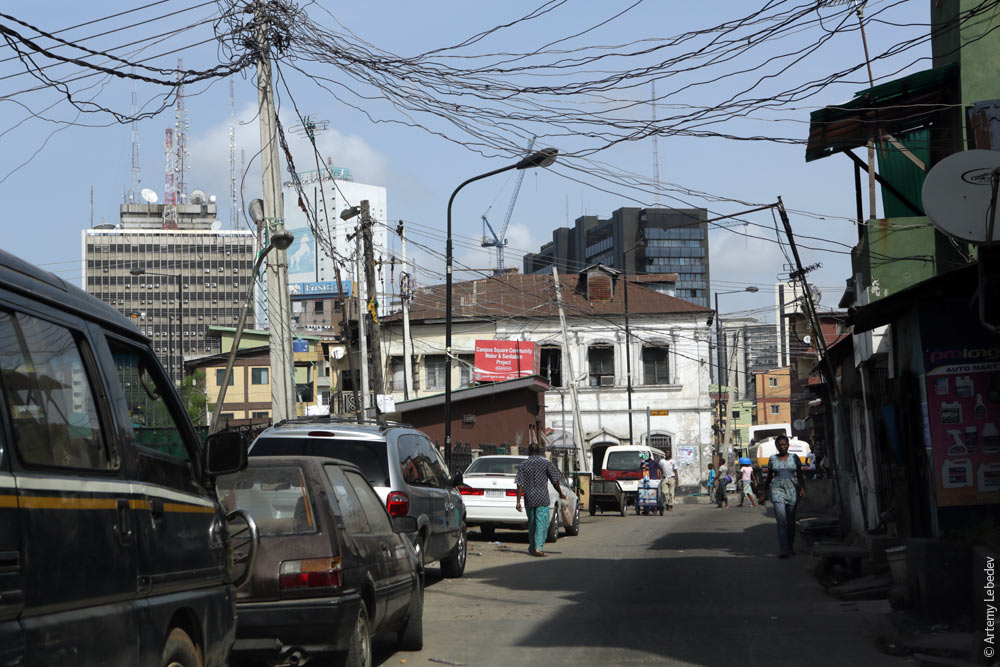 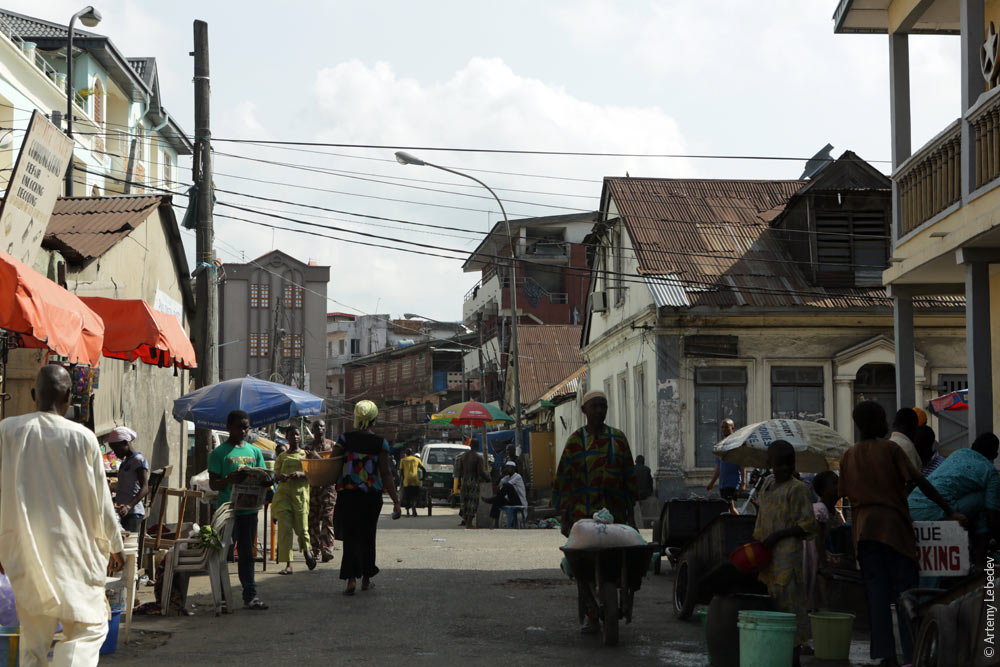 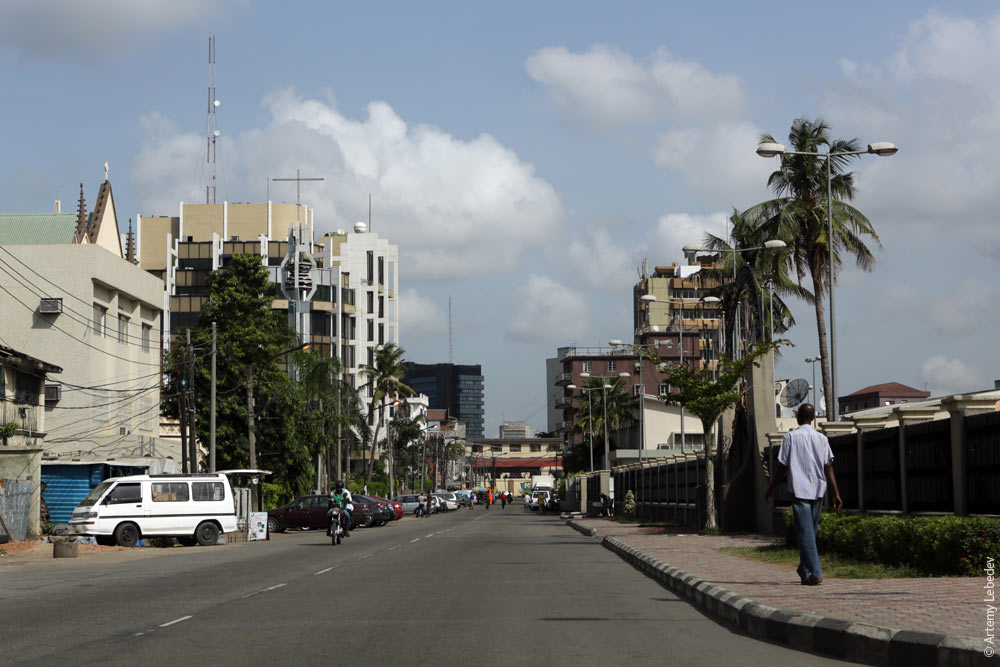 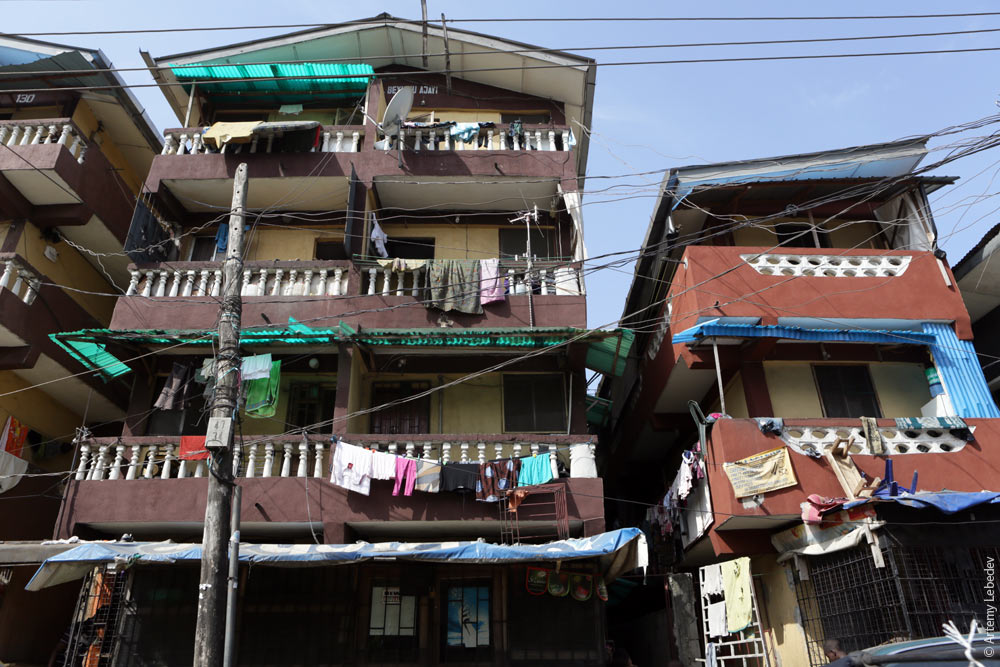 And fly onwards. 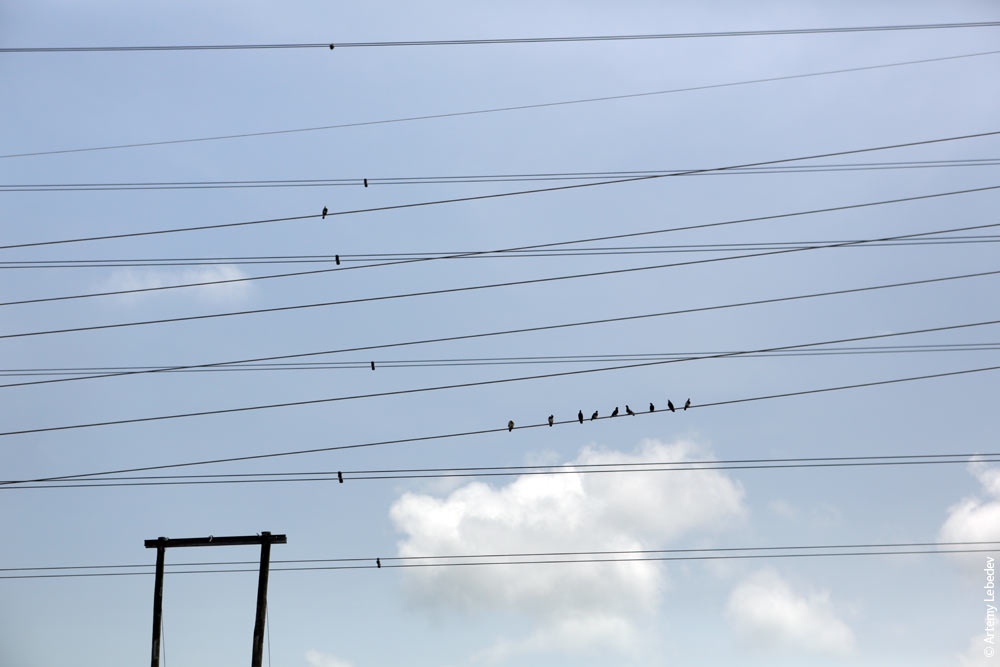 |